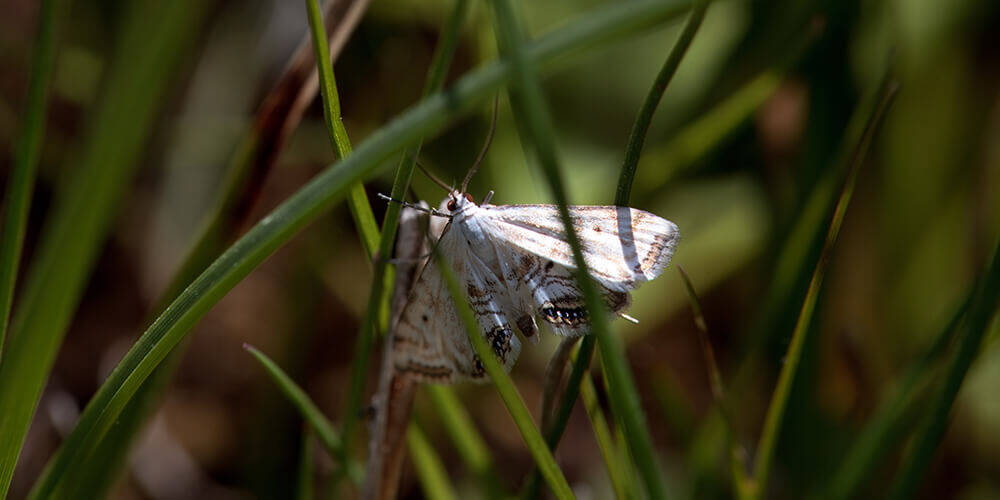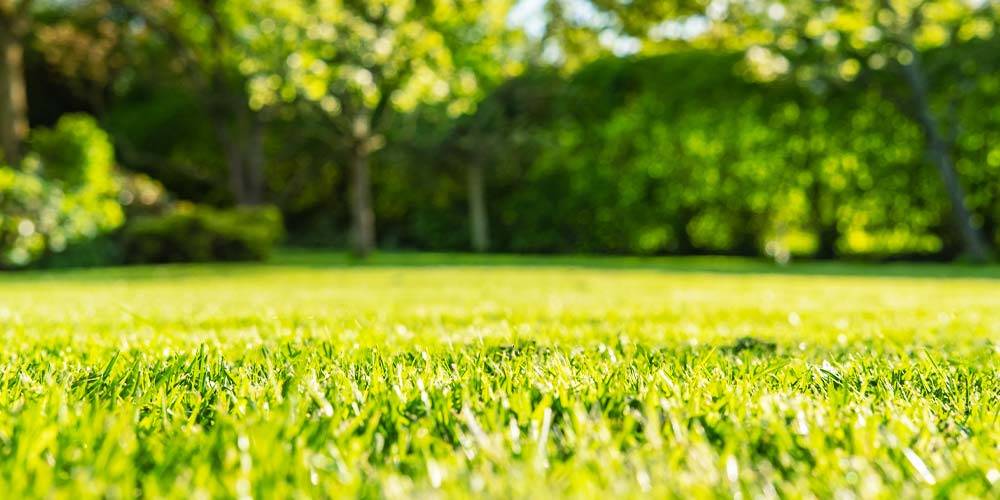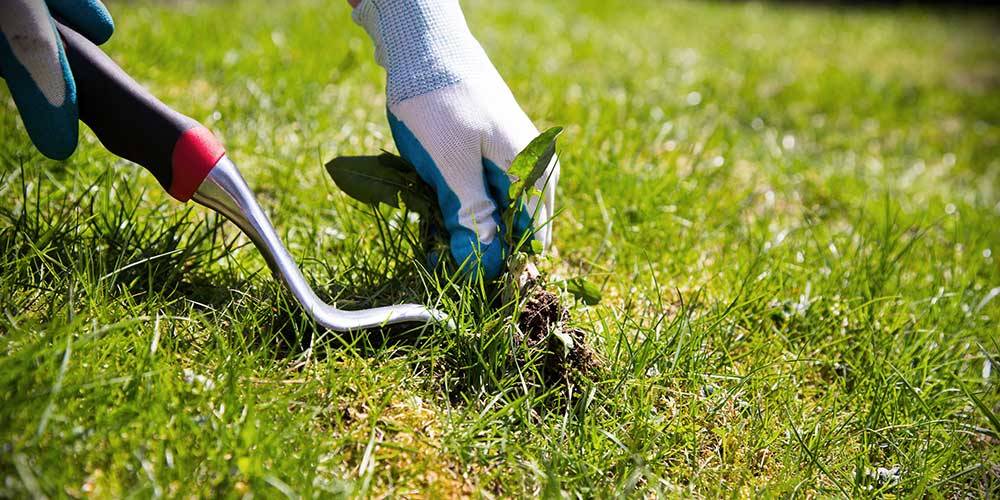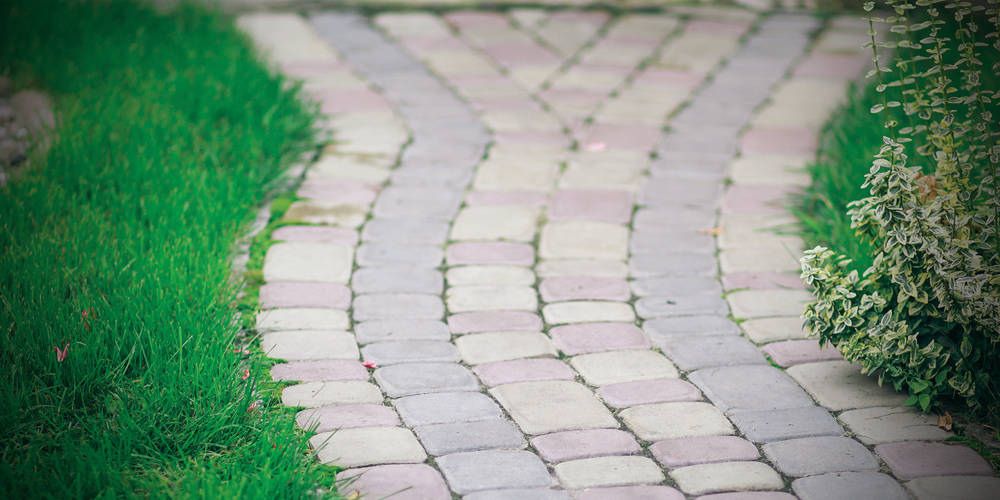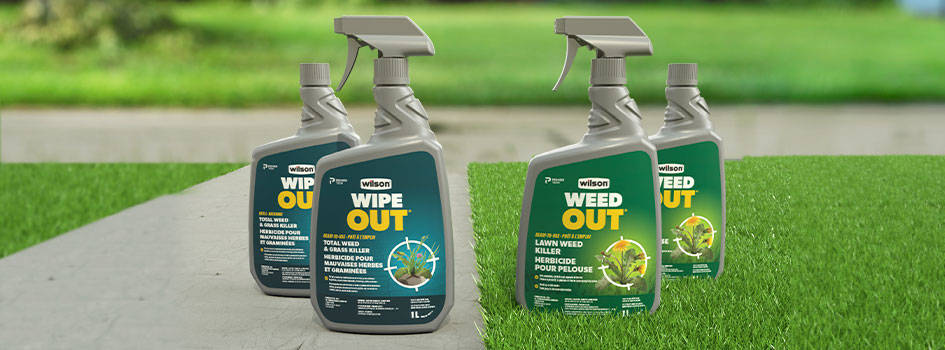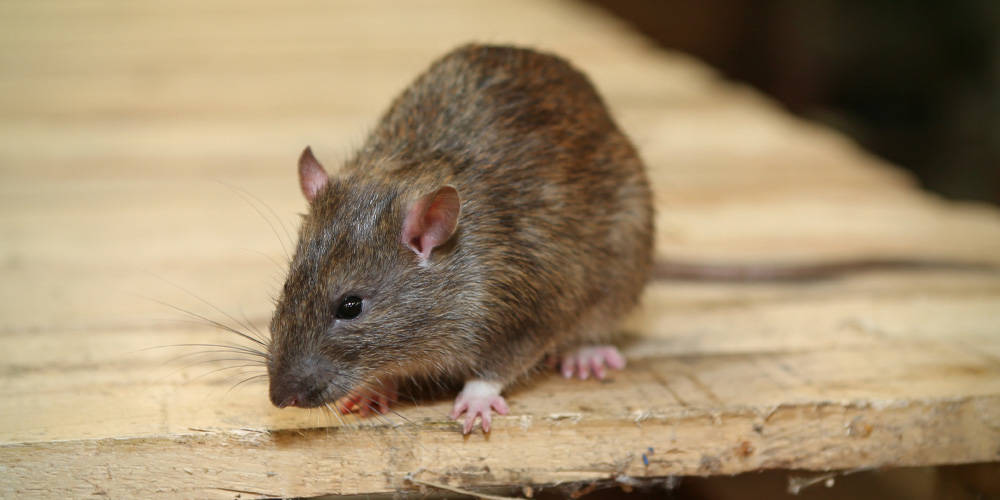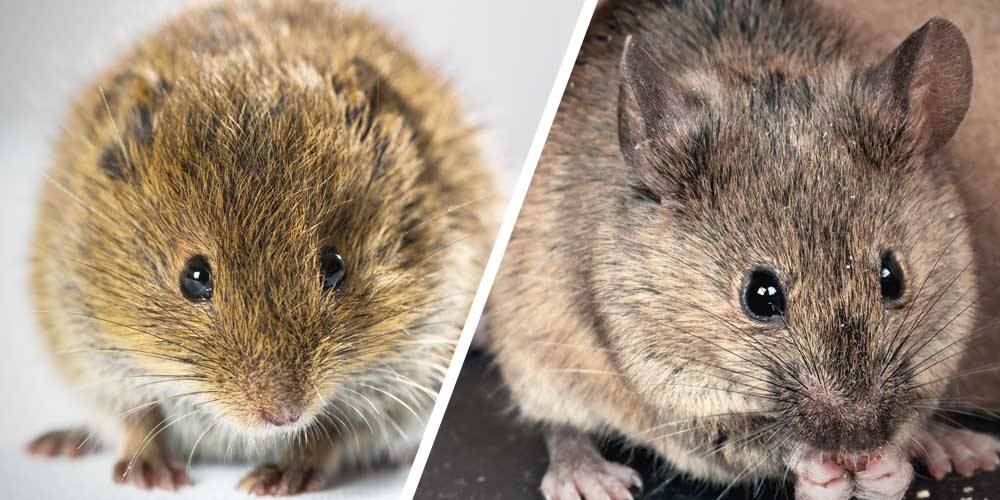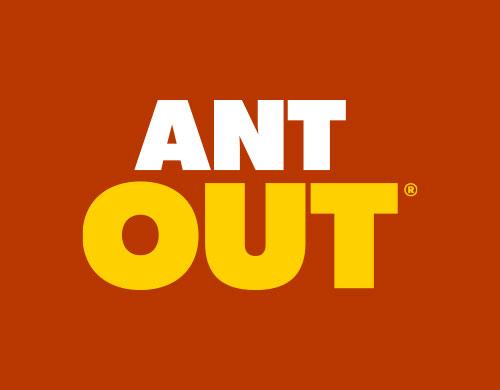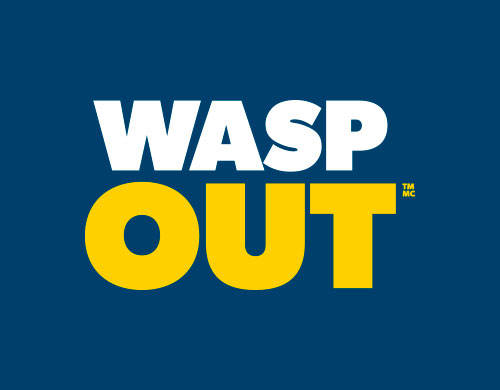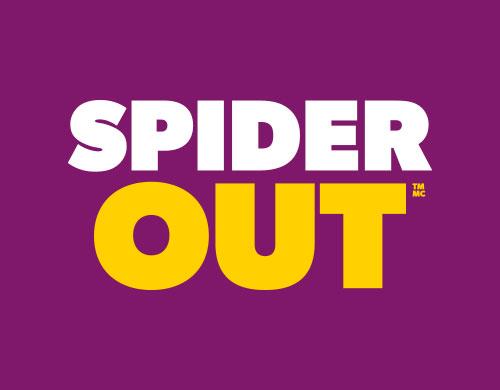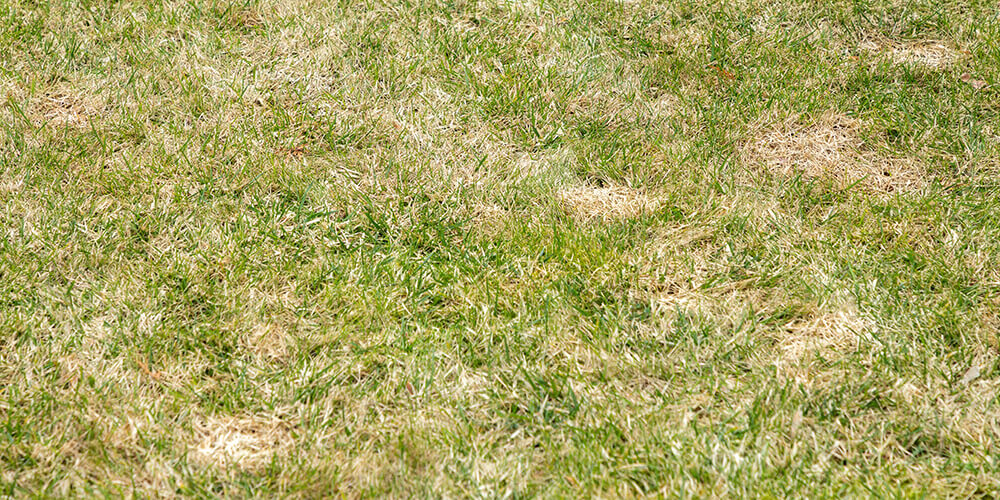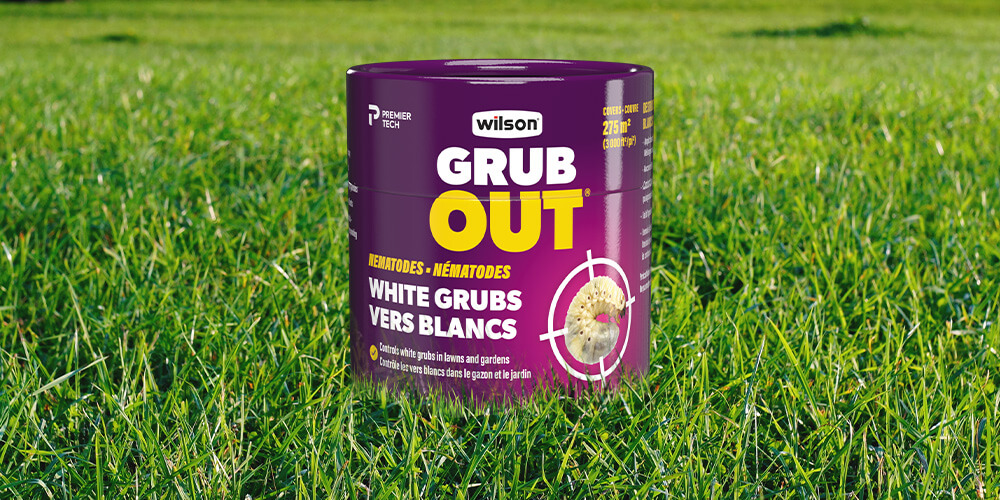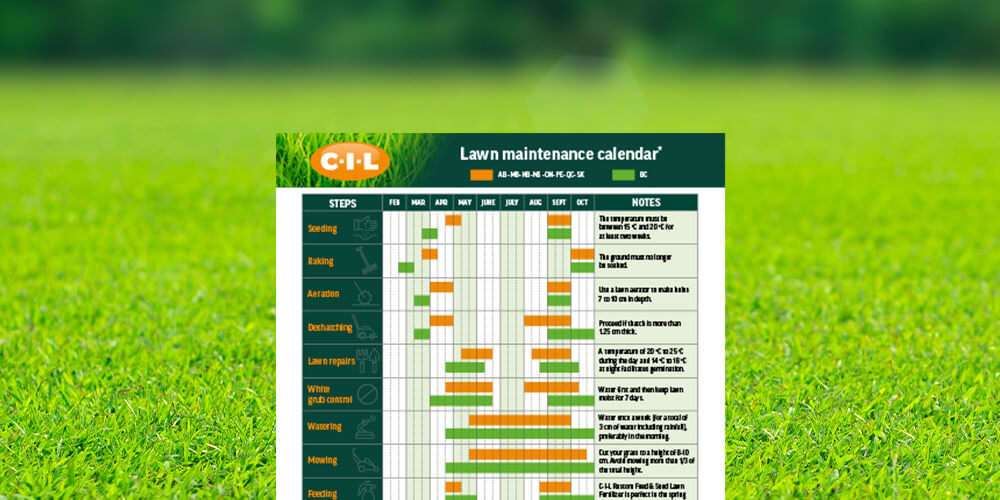Sod webworms are small, beige-coloured moths that can be seen flying away when you walk across the lawn. While they don't cause any damage once they reach adulthood, their larvae are a real threat, to say the least. They can destroy a lawn in no time.
Here’s how to identify, treat and prevent a sod webworm infestation.
What is the life cycle of sod webworms?
Butterflies appear in May and June. They can be seen flying over the lawn in the evening, while they lay their eggs on the lawn.
Very voracious, the larvae waste no time and begin feeding on grass blades as soon as they hatch. Whitish or greyish in colour, sometimes speckled with black or brown, they measure up to 2 cm long.
To feed, they dig tunnels in the thatch and the top layer of soil, leaving behind furrows of a silky material that they secrete.
They feed on grass throughout the summer and into early fall. Significant damage will be visible in September if the insects are present in large numbers.
How to identify sod webworms
Have you ever noticed these little moths which fly away when you mow the lawn in the early evening or when you walk on the lawn?
The larvae are nocturnal and therefore more difficult to spot. They feed at night and hide during the day in the tunnels they have dug. If you look closely, you can sometimes see small white cylinders near the roots of dried-out grass blades. In the evening, you can also see small caterpillars, one-quarter to three-quarters of an inch long.
How to recognize sod webworm damage?
An infestation will cause damage similar to that caused by a prolonged drought. Patches of grass will turn brown here and there and eventually merge together.
Dead grass is easily pulled off in patches (like a carpet). Underneath, if you look closely, you can see silky residue and the green droppings of the larvae.
Sod webworm treatment: how do you treat for sod webworms in Canada?
A lawn attacked by sod webworms often shows signs in August and September. Treating the lawn as soon as it begins to yellow in late summer can limit the damage. Moreover, unlike other harmful insects that attack lawns, the damage caused by sod webworms is rarely irreversible. Simply repairing the dried-out patches of grass will do the trick.
Although chemical treatments are available from professional companies, using nematodes is the best option. Natural and environmentally friendly, safe for the planet and your family, GRUB OUT Nematodes not only solve your sod webworm problem, but they also eliminate white grubs, cutworms and other lawn pests.
PRO TIP: It is also possible to treat preventatively in the spring. An application will also eliminate other insects that may damage your lawn.
Preventing sod webworm damage in your lawn
A healthy lawn is more resistant to pest attacks. Here are some tips to follow to prevent an infestation.
- Fertilize 2 or 3 times per year with a slow-release fertilizer
- Aerate on a regular basis
- Dethatch when thatch is 1.25 cm high
- Avoid weakening the lawn by mowing it very short (a height of 8 to 10 cm is preferable)
- In the absence of rain, water your lawn deeply once a week when permitted (sod webworms proliferate in warm, dry soils)
- Watch for the first signs of an infestation, whether it is sod webworms, chinch bugs or white grubs
To limit damage, it is important to treat quickly with the right product, and at the right time. This means treating as soon as the first signs appear, in August or September, and, if desired, reapplying in the spring to prevent another infestation.
Download our lawn maintenance program for free.
